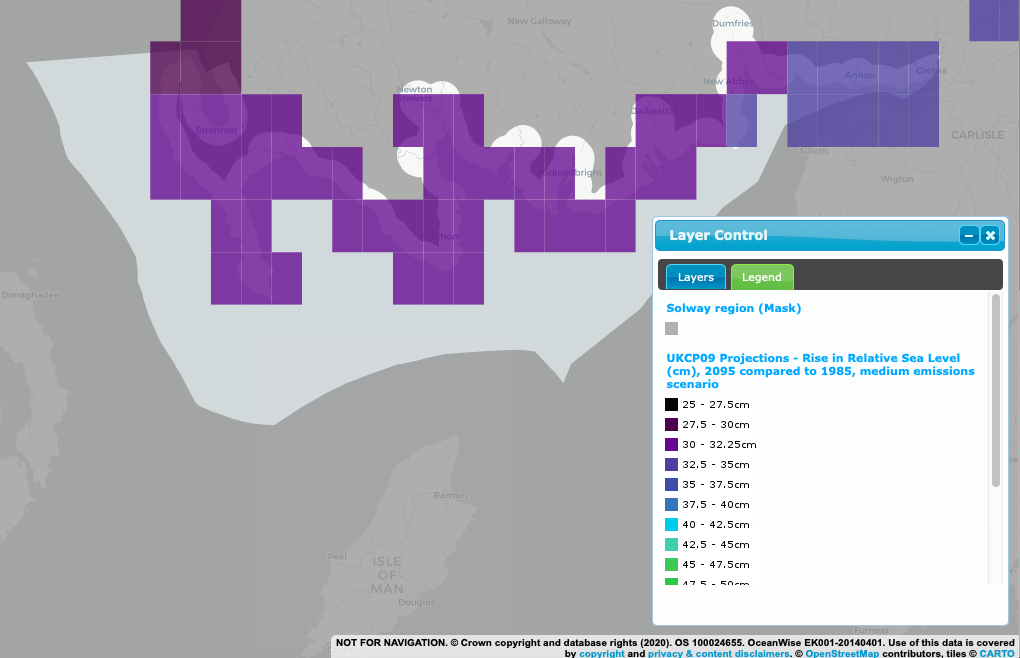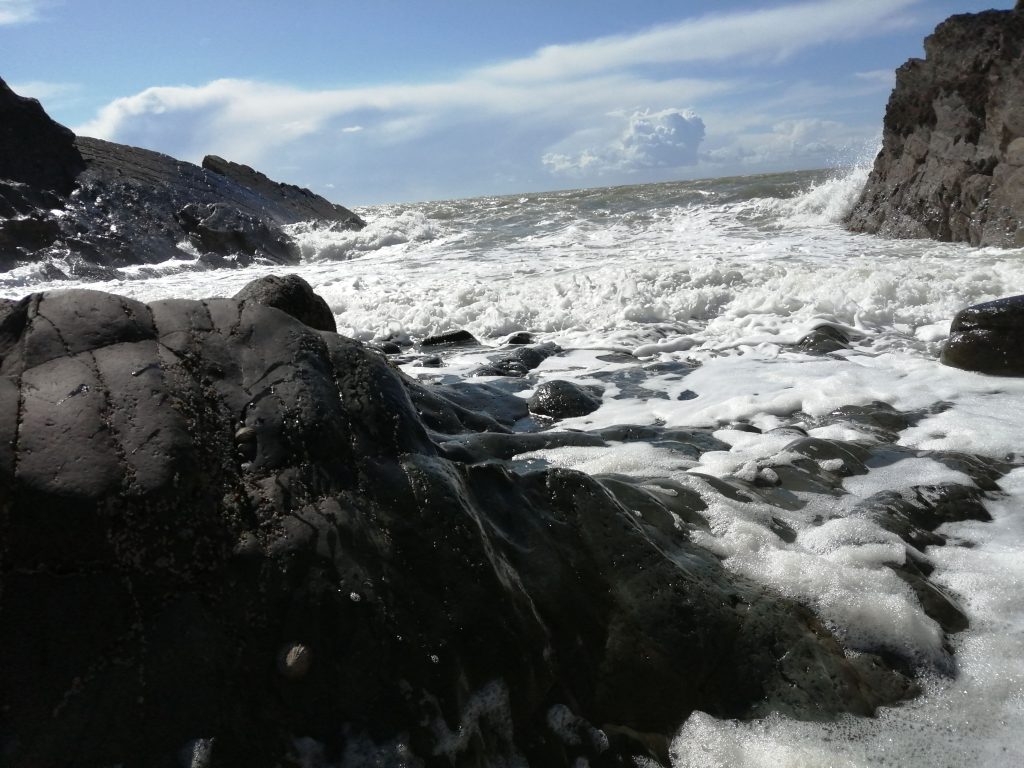Climate change -Sea level rise and coastal flooding
Status: There are many unknowns about the magnitude and impacts of climate change
Climate change is widely accepted as a real threat to the future of the Earth, with impacts from this process being seen and felt over recent years, and these being potentially hastened by ongoing, damaging, human activities. Sea-level rise is one of the most widely known impacts of climate change, the result of melting ice, thermal expansion, and the reduction in post-glacial rebound. This climate change impact of sea-level rise also increases the risk of coastal flooding, an issue which can damage a variety of socio-economic aspects, putting property, communities, heritage, tourism, infrastructure, and other factors at risk.
Climate change will also have knock on effects. For example, climate change is projected to increase severe weather conditions such as wind and storms. Severe windy weather, and changes in the wind direction, can cause waves to increase in size, or alter wave direction. As a result coastal areas less prepared for wave damage may be hit by waves from a different direction, or severe wave conditions. In turn, the coast, property, heritage sites, and other features may be damaged.
The Solway will be most significantly effected by increased flooding risk as a result of climate change according to a recent NatureScot report, as a result of the combined impacts of sea level rise, increased rainfall, and storm surges (Land Use Consultants, 2011). Flooding is exacerbated by the effect climate change will have on intertidal habitats which work as natural flood defences. See Climate change – impacts on marine life and processes for more information on intertidal habitats in the Solway and climate change.
The Intergovernmental Panel on Climate Change (IPCC) is a scientific body under the United Nations. The IPCC produces, among other outputs, an Assessment Report, which provides a comprehensive assessment of global climate change and findings compiled from three working groups. Most recently the fifth Assessment Report was published, in 2014, with the sixth Assessment Report currently being worked towards, and aiming to be published in early 2022. Part of this report looks at global sea level rise projections for different emissions scenarios, i.e. different levels of emissions of carbon dioxide and other greenhouse gases into the atmosphere. These global scenarios are translated into the more detailed UK Climate Projections (UKCP). The UK Climate Projections 2018 (UKCP18) have updated predictions which were previously illustrated in 2009 (UKCP09), and follows the historic progress of the Paris Agreement, the first legally binding global climate deal in December 2015.
UKCP18 marine projections are summarised in the Headline Findings Report, with the overarching point being; that under every emissions scenario, sea level will continue to rise until 2100 around the UK.
Headline Marine Projections;
- Sea level rise is occurring more in the south of the UK than in the north.
- The rise in sea level will result in extreme coastal water levels.
- The severity of sea level rise will be dependent on the severity of emissions, with the severity increasing relative to increasing emissions. Estimates for UKCP18 looked at exploratory sea level rise models until 2300, with rising levels beyond 2100.
- Despite projected sea level rises being greater in UKCP18 than in UKCP09, adaptation planning has already factored in these higher projections.
(Met Office, n.d. -a)
The UK leads the world in tackling climate change. Since 1990, emissions have been cut by more than 40%, whilst the economy has grown by more than two thirds. This is the best performance on a per person basis than any other G7 (Group of the seven countries with the largest economies in the World) nation. The UK is decarbonising faster than any other G20 (Group of twenty countries with the largest economies in the World) nation.
In 2018 the second National Adaptation Programme by the UK Government, the National Adaptation Programme and the third strategy for climate adaptation reporting was published. This report sets out challenges and benefits of the impacts of climate change and how they will be managed, in response to the second Climate Change Risk Assessment (CCRA) and as part of the Climate Change Act 2008‘s five year cycle. The National Adaptation Programme, however, is focussed on England and reserved matters for the whole of the UK. Scotland has its own adaptation programme, under the requirements of the Climate Change (Scotland) Act 2009 to address the risks identified in the CCRA. The second round of which has recently finished consultations on the draft (April 2019). It aims of being published in later 2019, the Scottish Climate Change Adaptation Programme 2019-2024. Drafting was aided by Scotland’s National Coastal Change Assessment, among other projects and policies.
It is advised to read the Solway Review section on; Climate Change – Impacts on Marine life and Processes to gain additional insight into the impacts of climate change. Sea level rise and coastal flooding is only one of the many potential impacts climate change may bring about.
Image; Waves at Balcary on a calm day. © G. Reid/ Solway Firth Partnership






